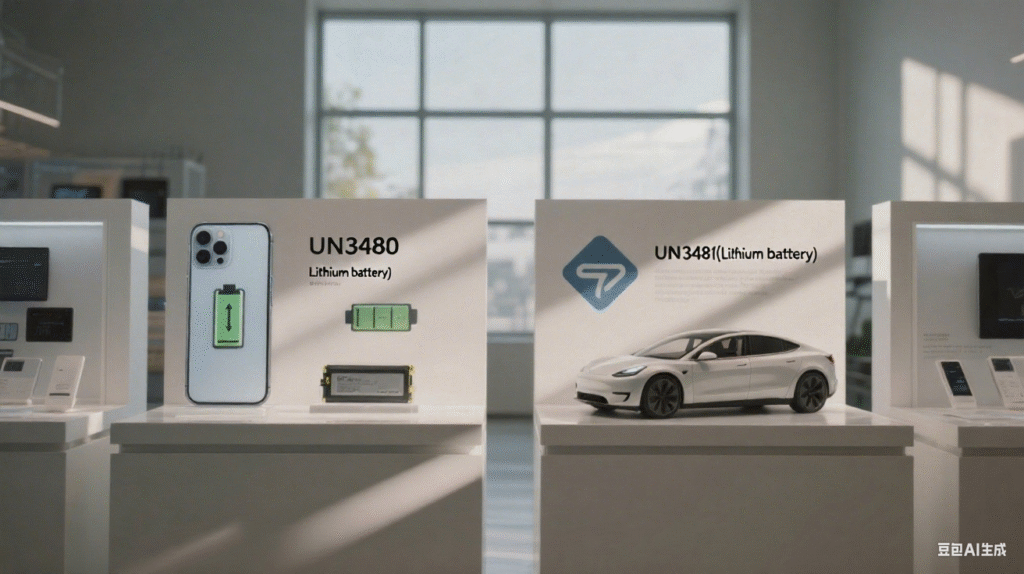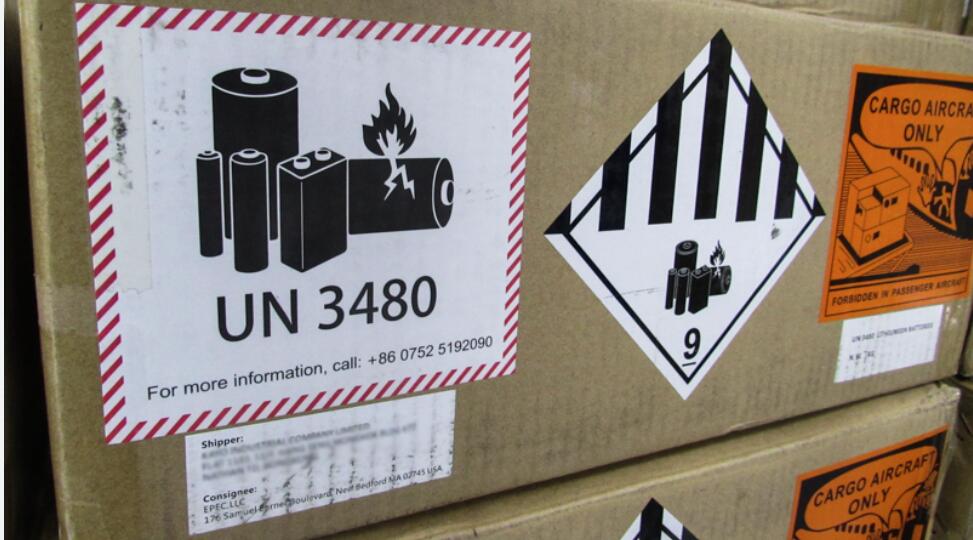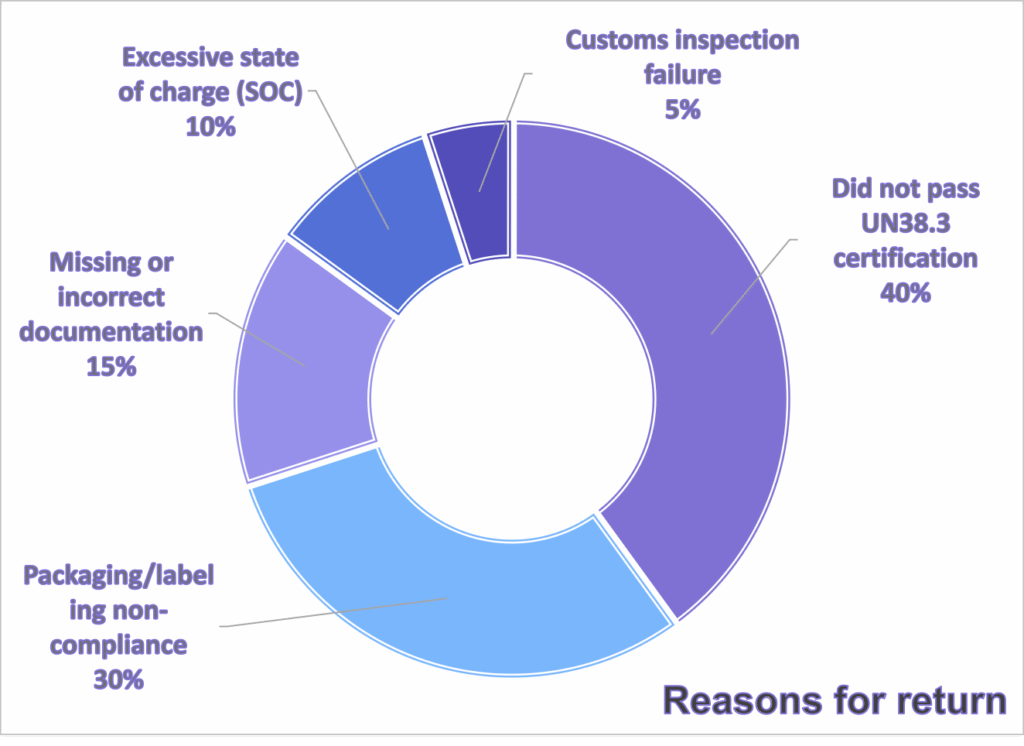Latest Testing Standards for Lithium Battery Shipping (UN3480/UN3481): 2024 Compliance Guide

With the rapid growth of the new energy sector, global lithium battery (UN3480/UN3481) shipments have surged by over 25% annually. According to the 2024 IMDG Code, lithium batteries must pass UN38.3 testing and meet strict packaging rules. This guide explains the latest standards to help shippers avoid rejections.
1. Lithium Battery Classification & UN Numbers
| Comparison: UN3480 vs. UN3481 Lithium Batteries | ||
| Category | UN3480 (Lithium-Ion Batteries) | UN3481 (Lithium Metal Batteries) |
| Battery Type | Rechargeable (Secondary) | Non-Rechargeable (Primary) |
| Chemistry | Lithium-Ion (e.g., LiCoO₂, LiFePO₄) | Lithium Metal (e.g., Li-MnO₂, Li-SOCl₂) |
| Energy Limits | – Single Cell: ≤20 Wh | – Single Cell: ≤1g lithium metal (or equivalent) |
| – Battery Pack: ≤100 Wh | – Battery Pack: ≤2g lithium metal | |
| Typical Products | – Smartphone/laptop batteries | – Vape batteries |
| – Power tool batteries | – Pacemaker batteries | |
| – EV battery modules | – Military/industrial sensors | |
| Transport Class | Class 9 Hazardous Material (UN3480) | Class 9 Hazardous Material (UN3481) |
| Key Regulations | – Must pass UN38.3 test | – Some high-lithium-content batteries banned from passenger aircraft |
| – ≤30% state of charge for shipping | ||
UN3480: Lithium-ion batteries (≤100Wh)
Applications: Laptops, power tools
UN3481: Lithium-metal batteries (≤2g lithium content)
Applications: Medical devices, IoT sensors
📌 Need MSDS verification? → ChemicalBook MSDS Database
2. 2024 Testing Standards (UN38.3)
Per the UN Manual of Tests and Criteria (38.3), batteries must pass 8 key tests:
Altitude Simulation (T1): Storage at 11.6kPa for 6 hours
Thermal Cycling (T2): Exposure to -40°C to +75°C extremes
Vibration (T3): Simulated maritime conditions (7Hz–200Hz)
Shock (T4): 150gn half-sine pulse impact
External Short Circuit (T5): Short-circuit test at 55°C
Crush (T6): 13kN pressure until 30% deformation
Overcharge (T7): Charging at 2x rated voltage
Forced Discharge (T8): Reverse current evaluation
2024 Update: Batteries ≥20Wh now require thermal propagation testing (prevents EV battery fire cascades).
3. Packaging & Marking Requirements

Packaging Rules:
PI965 (Li-ion) / PI968 (Li-metal)
Non-conductive separators required for inner packaging
Marking:
7 mandatory details: UN number, contact info, weatherproof symbol
New flame-resistant label (2024 mandate)
4. Common Compliance Issues & Solutions
| Issue | Solution |
|---|---|
| Expired test reports | Ensure validity (typically 2 years) |
| Excessive charge | ≤30% state of charge (exceptions for installed batteries) |
| Incomplete documents | Submit UN38.3 report + MSDS + Dangerous Goods Declaration |
✉ Need help? → Contact Eastern Cargo Experts
5. Industry Trends & Recommendations
Digital Certificates: IMO now accepts digitally signed UN38.3 reports
Sustainable Logistics: Use recyclable UN-certified fiberboard boxes

Conclusion
Shipping lithium batteries legally requires testing, packaging, and documentation compliance. Shippers should prepare documents 4 weeks in advance and monitor regulatory updates.
Take Action Now: